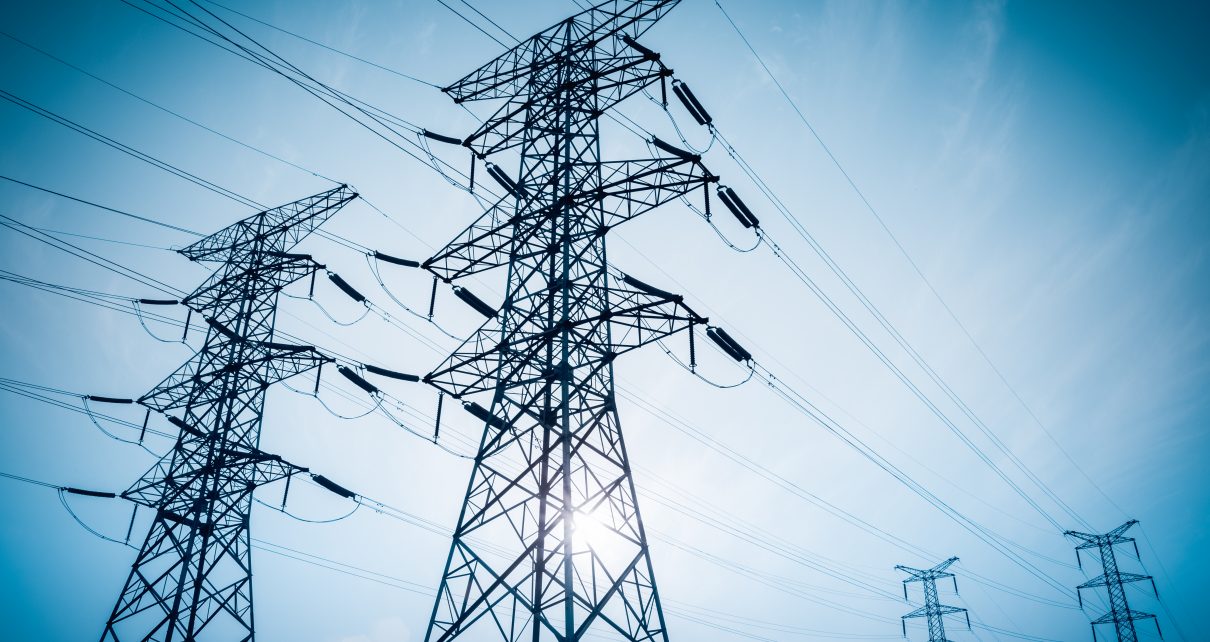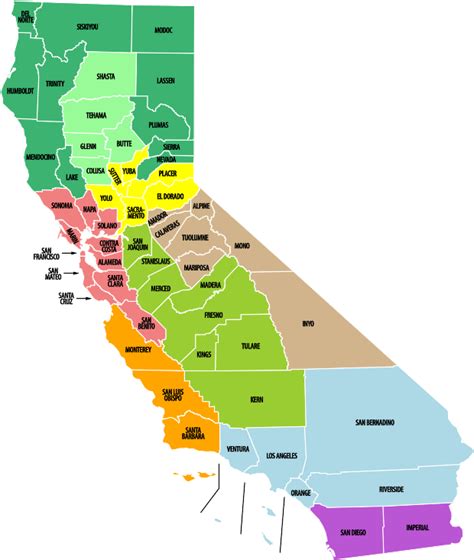
Electricity Transmission Pylon at Dusk. (Photo: chuyuss/Shutterstock)
Vietnam’s Bustling Economy Requires Fossil Fuels
Rapid growth demands energy-intensive resources that cannot be replaced by green alternatives
By Ananya Bhatia, December 2, 2024 4:07 pm
From my residential perch overlooking Ho Chi Minh City, I embrace the tranquillity of daybreak.
Quickly, the idyllic morning transforms into a pulsing canvas of vitality as middle-class ambitions surge through the arteries of this burgeoning metropolis – Vietnam’s largest city known to some as Saigon. It is an inspiring scene emblematic of a nation hungry for progress, driven by an industrious spirit and the resilient energy of its people.
However, Vietnamese ambitions may not be fully realized without a supportive economy and a robust policy framework. Vietnam’s expanding energy economy is often at odds with external pressures exerted by climate policies propagated by Western nations.
But like many Asian economies, Vietnam is doubling down on the very fossil fuels many climate-obsessed leaders in the West want to abandon. The country has now announced that its coal-fired power plants will run for a record number of hours in 2025 to meet electricity demand.
Ambitious Nation Forging Economic Path
The global climate lobby, with its wish list of emission caps and targets for a green transition, completely ignores the energy needs of rapidly growing middle- and lower-income economies.
As witnessed at the recently concluded United Nations climate conference – COP29 – the voices of dissent are growing in number. An exodus from the global net zero pact – led by Asian nations – is happening at a pace that is surely unnerving for climate warriors. As one of fastest growing economies in Asia, Vietnam is leading the accelerating exit.
Fossil fuels dominate Vietnam’s energy landscape. They account for 77% of the primary energy consumed in the country. In 2023, Vietnam relied on fossil fuels for 58% of its electricity, and that reliance is expected to more than double by 2030.
The country is rapidly developing infrastructure for importing liquefied natural gas (LNG). New terminals are under construction along its coastline, and agreements with major LNG exporters are being inked.
As electricity demand more than doubled over the past decade, it was met with a doubling of coal power generation. In the first 10 months of this year, nearly half of Vietnam’s electricity generation came from coal-powered facilities, contributing to a total output of almost 257 billion kilowatt-hours.
A key driver behind this year’s surge in coal use has been an unusually steep decline in electricity generation from hydro dams. The Vietnamese government has announced that it will keep the coal-fired power plants operating at significantly higher levels in 2025 in order to support increased demand for electricity across the country and to lessen dependency on unpredictable hydroelectric power.
Moreover, recent incidents of major power blackouts serve as a stark reminder of Vietnam’s vulnerabilities. These blackouts are not mere inconveniences; they are disruptions that the country’s manufacturing sector cannot afford to suffer.
In 2023, manufacturing accounted for 24% of Vietnam’s gross domestic product (GDP), reaching a value of nearly $40 billion.
Following concerns raised by Korean, Japanese and American chambers of commerce about unstable electricity supply affecting their manufacturing operations, Vietnam Prime Minister Pham Minh Chinh assured business groups that he would prevent power outages.
Operators of coal-powered facilities across Vietnam—including state-owned mining group Vinacomin and the Northeast Corporation—must finalize fuel-procurement strategies for 2025 before this year concludes, according to new government directives.
Vietnamese industry has witnessed a steady annual growth rate, further intensifying the call for reliable energy sources. The use of coal as the backbone of the country’s power production has long been seen as a practical approach. Coal is cheap, abundant and relatively accessible. For a country with limited domestic energy resources, it is an indispensable fuel.
As the middle class expands, so too does the need for dependable energy sources. The international community needs to recognize the necessity of supporting Vietnam (and other countries) in their domestic energy decisions rather than vilifying dependence on fossil fuels.
Vietnam is another reminder of a hard truth: Rapid growth demands energy-intensive resources that cannot be replaced by green alternatives.
Vijay Jayaraj, a Science and Research Associate at the CO2 Coalition, Fairfax, Virginia, contributed to this article.
- Vietnam’s Bustling Economy Requires Fossil Fuels - December 2, 2024





while Cali drives away petroleum refiners and their infrastructure.
VN expanding their manufacturing base while Cali eliminates what manufacturing that exists.
Ponder the cash flow generated by a manufacturing base and the number of boats the subject cash flow floats.
The climate change elites have the strategic goal of using climate change hysteria to ultimate control the behavior and movement of the masses. At the tactical level, panicked foot soldiers push the cause. I take my cue from the well heeled elites building new mansions every year at high tide level at the beach when, if they truly believed what they say about carbon footprints and such, would be living in tiny cabins in the rockies and walking everywhere they go.